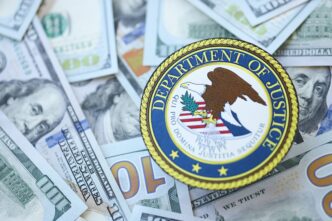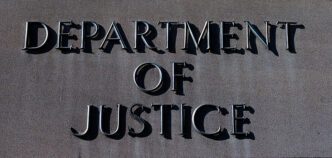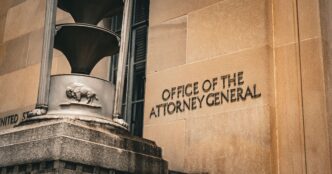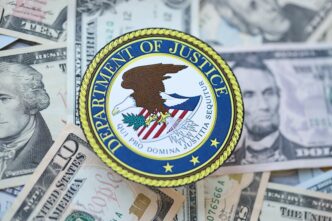In response to escalating maintenance and insurance costs, Libby Public School is seeking approval for a mill levy in the upcoming school election on May 6. The proposed levy aims to secure $250,000 annually on a permanent basis. This funding will primarily address essential infrastructure needs, such as roof replacements and parking lot maintenance at the high school.
Extensive roofing requirements are a significant expense for the district, which oversees nearly six acres of roof space. The cost of replacing a single pod at Libby Elementary is projected at $400,000, a stark increase from the pre-COVID-19 expense of $200,000. Superintendent Ron Goodman emphasized the importance of proactive maintenance, highlighting roof repair projects planned for this summer. These include adding a new layer to the Middle High School’s roof and refurbishing the Brown Pod at the Elementary School.
The mill levy, if passed, would result in an estimated annual cost to taxpayers of $15.83 for a home valued at $100,000. Homes appraised at $300,000 would see an increase of $47.48 annually, while those valued at $600,000 would face a $94.95 yearly rise. Acknowledging taxpayer concerns over rising state property taxes, Goodman expressed understanding of the financial burden but stressed the necessity of addressing the school’s infrastructure needs.
In addition to the levy, legislative efforts are underway to alleviate school maintenance expenses. Montana’s House Bill 515 proposes a one-time transfer of $75 million from the General Fund surplus to a specialized school facilities trust, enhancing annual interest earnings for maintenance support. Although this bill has garnered significant support, its future remains uncertain. Goodman noted that while this legislative measure could provide some relief, the mill levy offers a more enduring solution.
The district’s approach to roof repairs is driven by cost efficiency, with repairs costing about 45% less than full replacements. This summer’s projects include installing a synthetic rubber roofing membrane at the Middle High School, chosen for its durability on low-slope or flat roofs. The school district is also transitioning from diesel-powered heating, which incurs costs of $800 per week for the gym, to more economical heat pumps, which have already yielded annual electricity savings of $20,000 at the elementary school.
Parking lot maintenance is also a priority for the district, with plans to address this in phases due to financial constraints. Rising insurance costs have further strained the district’s budget, with premiums increasing by $106,000 from 2021 to 2025. For those seeking further information about the levy, Superintendent Goodman is available for inquiries.
Your Takeaway
For residents and taxpayers, the proposed mill levy presents a notable financial consideration, especially in light of existing state property tax rates. Understanding the long-term benefits of maintaining and upgrading school infrastructure can offer reassurance that the funds will support essential community resources. The investment aims to ensure safer, more sustainable environments for students, which could enhance educational experiences and outcomes.
From a broader perspective, the legislative efforts to secure additional funding for school maintenance through House Bill 515 reflect a commitment to addressing systemic educational needs at the state level. If successful, this could alleviate some financial pressure on local taxpayers while providing schools with the resources needed for long-term infrastructure improvements. The combined approach of local and state-level solutions underscores the importance of collaboration in tackling educational funding challenges.






